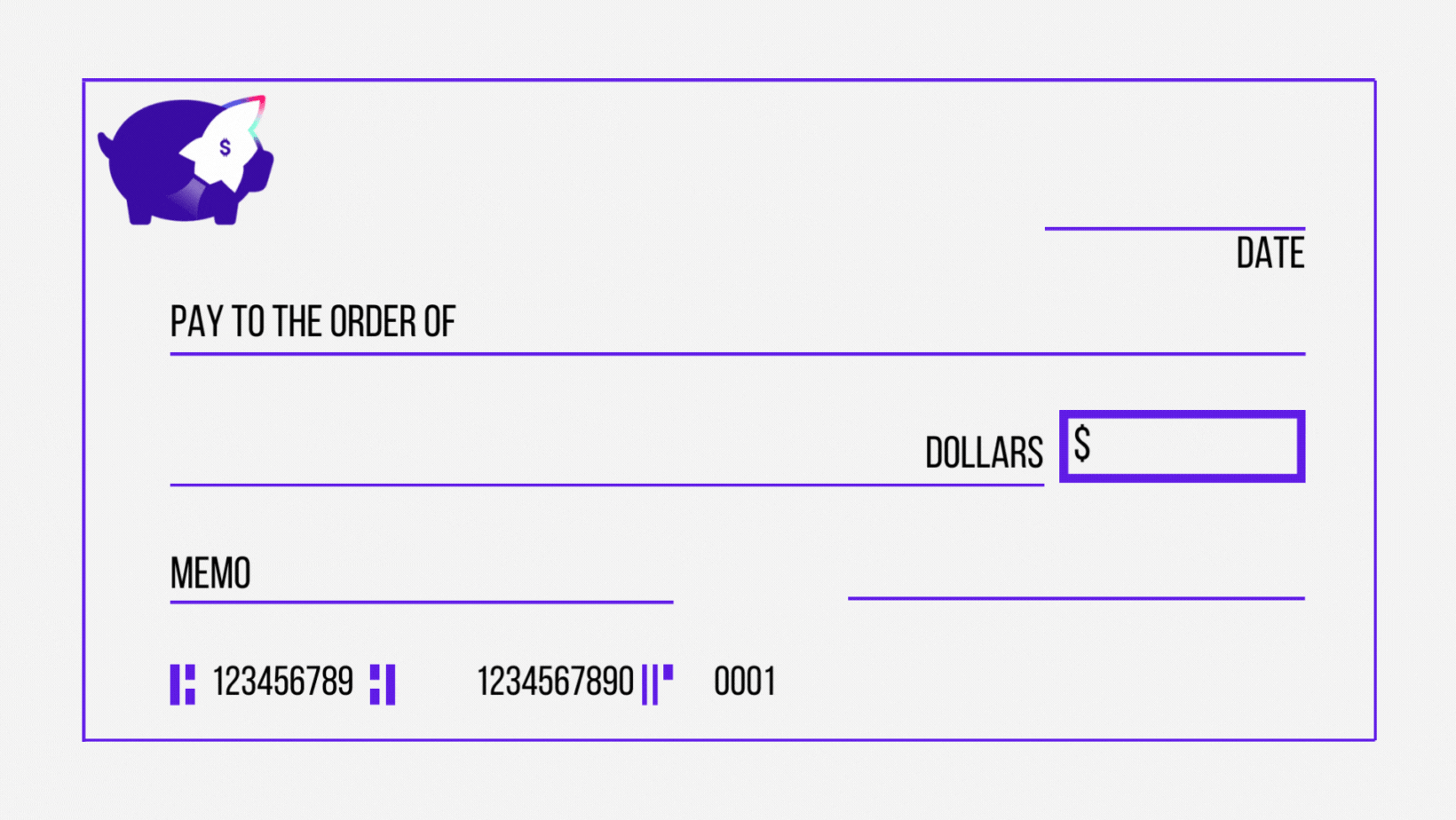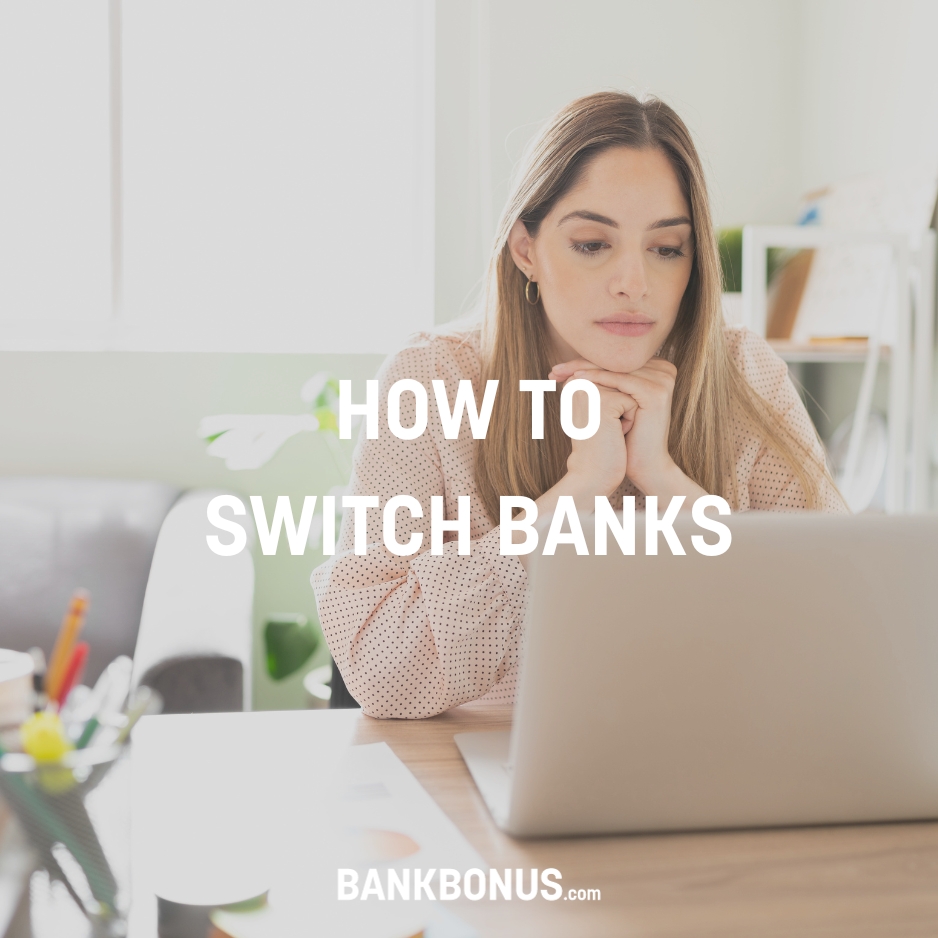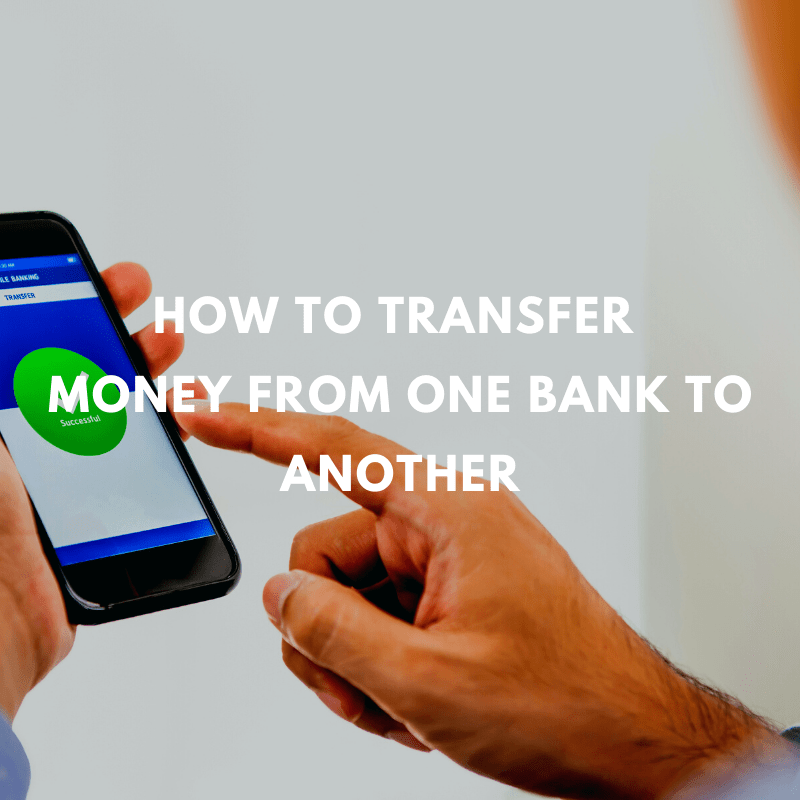While checkbooks are becoming more antiquated in the era of online and automatic payments, there are a few times in life when you may need to know how to void a check.
Voided checks are often required for setting up direct deposits, electronic bill payments, or automated clearing house (ACH) transfers. You may also need to void a check to cancel a payment or submit your banking information to a government agency.
In any event, there’s a specific process you should follow to avoid unauthorized withdrawals and unwanted access to your checking and savings accounts. Keep reading to find step-by-step guidance on how to void a check, possible alternatives to voided checks, and ways to protect your bank information.
Steps to Void A Check
Voiding a check is a simple but essential process for safeguarding your banking information. Whether you need a voided check to set up direct deposits or electronic bill payments, it’s crucial to do it correctly.
Here’s a step-by-step guide to voiding a check:
Step 1: Use the Right Writing Instrument
Choose a blue or black pen to void a check. Avoid using pencils or erasable ink pens, as they can be altered or erased, leaving your check vulnerable to unauthorized use.
Step 2: Mark the Check Clearly
Write the word “VOID” in large letters on the front of the check.
Alternatively, you can write “VOID” in smaller letters on specific areas of the check, such as the date line, payee line, signature line, amount line, and amount box. Ensure that the word “VOID” is clearly visible and cannot be overlooked.

Step 3: Show Your Account and Routing Numbers
Be cautious not to cover the routing or bank account number at the bottom of the check when voiding it. The routing number tells the payee what financial institution to send funds to.
The bank account number tells them the specific savings or checking account to deposit the funds into. These details are essential for conducting electronic transactions, and obscuring them could cause complications.
Step 4: Keep Records
After voiding the check, make a copy for your records and note the check number. The duplicate check should also bear the word “VOID.” This step ensures that you have a record of the voided transaction for your own reference.
By following these steps, you can effectively void a check, protecting your financial security and ensuring that the check cannot be used for unauthorized transactions.
Common Reasons to Void a Check
There are several instances when you may need to void a check.
Setting Up Direct Deposit
When setting up direct deposit for your paycheck, you may be required to provide a voided check to authorize the electronic transfer of funds into your account.
A voided check contains the necessary account information but cannot be used to make a payment. It serves as a secure way to ensure that the funds are deposited into the correct account without the risk of unauthorized transactions.
Making a Mistake While Writing a Check
Mistakes happen. If you make an error writing a check, it’s best to void it and start over.
Whether you wrote the wrong amount, date, or payee’s name, voiding the check ensures that it cannot be cashed or deposited. This simple action can save you from potential financial headaches and discrepancies in your records.
This step is only possible if the payer still has the check in their possession.
Canceling a Check Payment
If you’ve issued a check for payment but later need to cancel it, voiding the check is necessary to prevent the recipient from cashing or depositing it.
Whether the payment amount is incorrect, the goods or services were not received, or you need to issue a new check, voiding the original check is a critical step in ensuring that the payment is properly handled.
If you’ve issued an electronic check, you may be able to do this online. Otherwise, you’ll need to get the original check or contact your bank.
By understanding these common reasons to void a check, you can effectively navigate situations that require the use of a voided check, whether for setting up direct deposit, rectifying mistakes, or canceling a payment.
Can You Void a Check After Sending It?
When you realize that a check you’ve sent needs to be voided, it’s important to act quickly to prevent any unauthorized transactions.
Contact your bank immediately to initiate the voiding process. Regardless of whether the check has been cashed or not, it’s crucial to inform your bank about your decision to stop the payment on the check.
1. Contact Your Bank Immediately
Upon realizing the need to void a check, reach out to your bank without delay. You can typically request a stop payment online, in person at a branch, or by calling the customer service number on your debit card. Once the stop payment request is authorized by the bank and the relevant details have been provided, it should take effect promptly, preventing the check from being processed.
2. Fill Out a Stop Payment Order
When contacting your bank, you’ll need to provide specific information, including your account number, the check number, the exact amount of the check, the date on the check, and the details of the payee and the check signatory. This information is crucial in ensuring that the correct check is identified and the stop payment order is accurately processed.
3. Understand the Fees
Banks and credit unions may charge a fee for processing a stop payment request, which could vary based on the method of contact, such as online, in-branch, or over the phone.
It is important to be aware of any applicable fees when you authorize a stop payment order. Understanding the fee structure and processing timelines will help you decide if you need to void the check. Sometimes it makes more sense to contact the payee directly and ask them not to deposit the check.
Can You Deposit a Voided Check?
Depositing a voided check is not possible. A voided check cannot be processed for deposit because it has been invalidated and cannot be used for any financial transactions.
If you need to deposit money into your account, you should use a valid, non-voided check or consider alternative methods such as electronic transfers or mobile deposits.
Can You Void a Check in Quickbooks?
Yes, you can void checks in QuickBooks. To do so, take the following steps:
- Go to the Banking tab and select Write Checks.
- Then, choose the bank account from which the check was issued.
- Next, locate the check you want to void and select it.
- Click on the Edit menu and choose Void Check.
- Finally, confirm by clicking Yes in the confirmation window.
How to Keep Your Account Safe When Voiding Checks
When voiding checks, it’s crucial to prioritize the safety of your account information. Here are some essential tips to consider:
Be Careful with Your Voided Check Information
Voided checks contain sensitive details, including your routing, account numbers, name, and address. Despite being voided, these numbers remain visible, and unauthorized individuals can use them for nefarious purposes if you’re not careful.
Store or dispose of the voided check properly to mitigate the risk of identity theft and unauthorized access to your bank account. It’s essential to exercise caution and safeguard your voided check information to prevent potential fraudulent activities.
Know Who You’re Giving Your Voided Check To
Before providing a voided check, ensure that you trust the recipient and that they have a legitimate reason for needing this information.
Be cautious when sharing voided check images electronically, and only provide them to trusted parties. It’s important to verify the identity and credibility of the recipient to minimize the risk of unauthorized use of your bank account details.
Delete the electronic voided check image immediately after sending it.
Shred Any Unneeded Voided Checks
Once a voided check has served its purpose, it’s crucial to dispose of it securely. Shredding any unneeded voided checks ensures your sensitive information can’t be distributed without your consent.
Proper disposal of voided checks is an essential step in safeguarding your account information and minimizing the risk of unauthorized access to your financial details. Never throw out a check without shredding it first.
Alternatives to Voiding a Physical Check
Voiding a check isn’t always the best option. Here are a few alternatives.
Direct Online Payments
In today’s digital age, online payments and AutoPay have become a widely accepted and convenient alternative to paper checks.
With just a few clicks, you can transfer funds directly from their bank account to the payee’s account.
Payment platforms like PayPal, Venmo, and Zelle offer seamless and secure electronic payment options, making it easy to send money without paper checks.
Mobile Banking Options
Mobile banking apps have revolutionized the way we manage our personal finances. Many banks now offer mobile check deposit features, allowing users to simply snap a photo of a check and deposit it electronically.
Additionally, these apps often offer bill pay services, enabling users to make electronic payments to individuals or businesses directly from their mobile devices.
Email and Online Forms for Direct Deposit
Another electronic alternative to voiding physical checks is the use of email and online forms for direct deposit. Many employers and businesses offer the option for direct deposit, allowing payments to be electronically transferred directly into the recipient’s bank account.
Ask your employer for a direct deposit authorization form. These forms can be used to set up recurring direct deposit payments, streamlining the process and reducing the reliance on paper checks.
Bottom Line
Voiding a check is a simple and important step to protect your banking information and prevent unauthorized use of your checks. You can safeguard your account details by voiding a check with a blue or black pen and ensuring the word “VOID” is clearly written in large letters on the front of the check.
Whether it’s for setting up direct deposits, authorizing electronic bill payments, or correcting mistakes made on a check, knowing how to void a check is a valuable skill in managing your personal finances.
Always remember to keep your checks secure and never give out a blank check to anyone, as it could lead to potential misuse of your funds.





No comments yet. Add your own